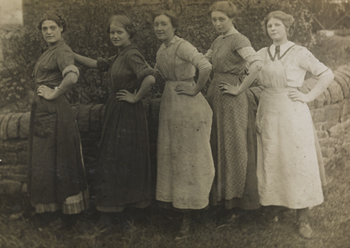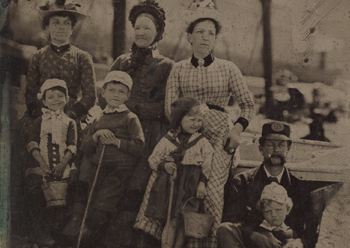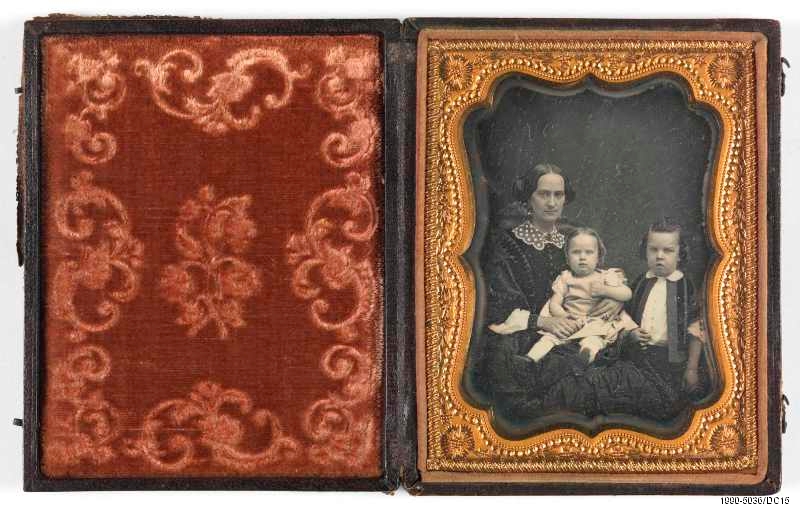
Your child loves gaming, but how do you channel that into creativity and learning? Impact Gamers’ Adam Syrop, who has won a BAFTA for his work with young people, looks at the 10 most common battles—and how to overcome them.

Your child loves gaming, but how do you channel that into creativity and learning? Impact Gamers’ Adam Syrop, who has won a BAFTA for his work with young people, looks at the 10 most common battles—and how to overcome them.

In the final post in our series showing you how to dating your old family photographs using physical clues, Colin Harding offers some tips on how to identify postcards.

In the penultimate post in our series showing you how to date your old family photographs using physical clues, Colin Harding offers some tips on how to identify cabinet cards.

In our latest post about dating your old family photographs, Colin Harding shows you how to identify cartes de visite—an ubiquitous collectable in the 19th century.

In our next post about dating your old family photographs, Colin Harding shows you how to identify a ferrotype, more commonly known as a tintype.

In this week’s post about dating your photographs, Colin Harding shows you how to identify a collodion positive, also known as an ambrotype, using just a few simple clues.

Dating early photographs by process and format can be a useful skill, especially if sitters’ clothing offers no clues. Colin Harding provides some expert advice on how to unlock their secrets.
In a how-to video produced for the museum, photographer Simon Roberts takes us through the process of photographing with a 5×4 plate camera.

Find out how to identify, store and handle nitrate film, and how to spot signs of decomposition.
Learn the basics of how to care for glass negatives, colour transparencies, lantern slides and photographic prints.

The biggest threat to the wellbeing of photographs is you! Most damage—especially to more fragile supports such as glass and paper—has occurred through human negligence or ignorance.
Terry King gives an overview of the gum bichromate process, with a step-by-step guide to printing.